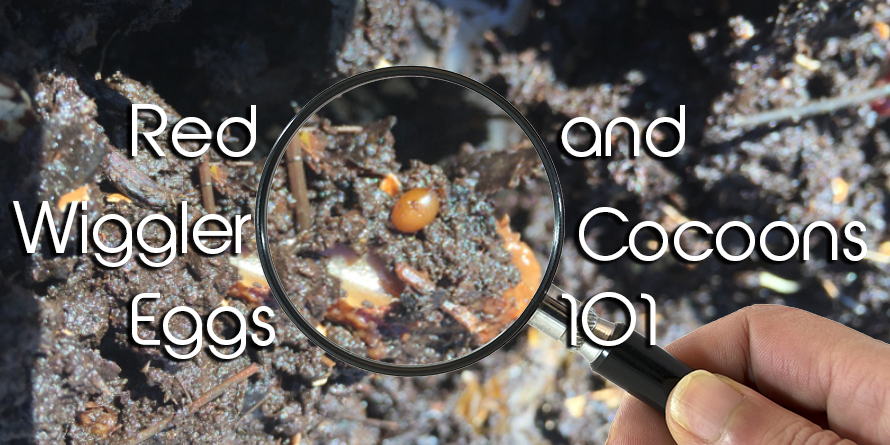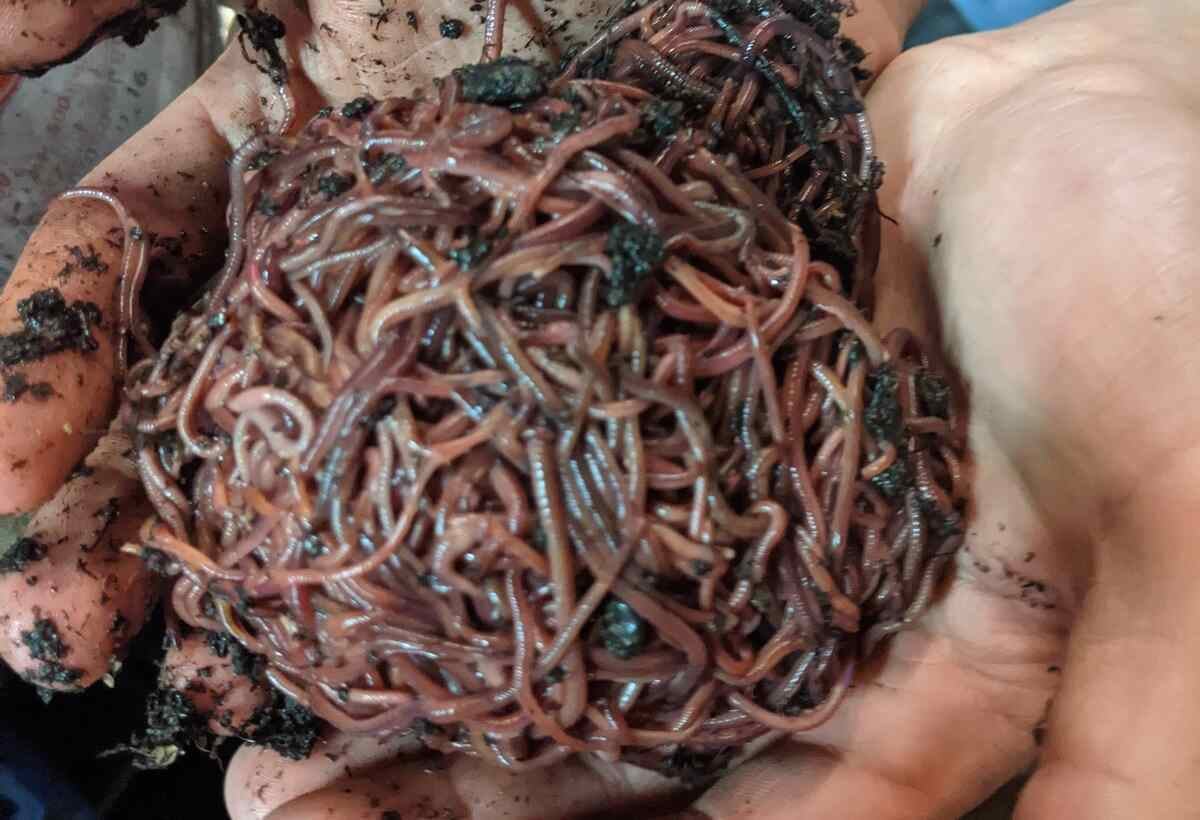The Secret to Lush Lawns Starts with Red Wiggler Express Yard Care Solutions
The Secret to Lush Lawns Starts with Red Wiggler Express Yard Care Solutions
Blog Article
Exactly How Red Wigglers Can Transform Your Composting Experience
The assimilation of red wigglers right into composting techniques provides a transformative technique to lose administration and dirt enrichment. Comprehending the details needs and benefits connected with preserving a prospering worm population is vital for optimizing their capacity.
Benefits of Red Wigglers
Red wigglers, scientifically known as Eisenia fetida, are a cornerstone of efficient composting systems because of their amazing ability to decompose raw material efficiently. These worms succeed in transforming kitchen area scraps, backyard waste, and various other natural products into nutrient-rich garden compost, frequently referred to as worm castings. Lake Hickory Bait. This process not only lowers landfill waste however also contributes to lasting horticulture practices
One of the main benefits of red wigglers is their high reproduction rate, allowing them to populate a composting setting quickly. This fast reproduction boosts disintegration rates, causing faster compost production. Additionally, red wigglers thrive in a varied series of conditions, making them adaptable to numerous composting configurations.

Establishing Your Worm Bin
(Charlotte NC Worms For Sale)To create an efficient worm bin for composting, mindful focus must be offered to its style and setting. A suitable worm bin ought to be created of materials that are sturdy yet enable for necessary air flow, such as plastic or wood. The size of the container can vary, yet a quantity of about 1 square foot per extra pound of worms is an excellent starting point.
Ensure that the bin has water drainage holes to avoid water build-up, which can result in anaerobic conditions destructive to the worms. Additionally, including ventilation openings will help preserve correct moisture degrees and oxygen circulation.
Next, it is important to supply bed linen for the worms, which can include shredded newspaper, cardboard, or coconut coir. This bedding not only offers an environment for the worms but also aids in wetness retention.
Placement the worm container in an area that keeps a temperature series of 55-77 ° F(13-25 ° C) to optimize worm task. Stay clear of positioning the container in straight sunlight or extreme temperatures. By following these guidelines, you can produce a conducive setting for red wigglers, enhancing the performance of your composting process.
What to Feed Your Worms

(Lake Rhodhiss Bait)Red wigglers particularly enjoy soft, moist foods like watermelon rinds, cucumber peels, and banana peels. It is vital to prevent feeding them citrus fruits, onions, and garlic, as these can be destructive to their health. Furthermore, cooked foods, milk items, and meat should be purely prevented, as they can bring about odors and attract bugs.
Offering a regular feeding timetable will assist maintain your worm populace thriving while improving the general performance of your composting efforts. By comprehending what to feed your worms, you lay the foundation for an effective and sustainable composting experience.
Preserving a Healthy And Balanced Environment
Creating a prospering composting setting for red wigglers requires attention to their habitat, as it directly influences their health and wellness and performance. The perfect habitat must keep a well balanced dampness degree, usually in between 60-70%. Excessive moisture can result in anaerobic conditions, while inadequate moisture may dry out the worms.

The bed linens product in the compost should vary and shredded, integrating materials like cardboard, paper, and coconut coir. This not just offers a comfortable setting but also functions as a food resource. Lake Hickory Bait. Frequently checking for odors or signs of bugs can aid determine potential concerns prior to they intensify
Finally, maintaining a well balanced pH level, preferably between 6 and 7, guarantees a helpful habitat for red wigglers, cultivating their capability to process raw material properly. By dealing with these factors, you can produce a lasting and effective composting ecosystem.
Harvesting and Utilizing Garden Compost
Gathering garden compost from a worm bin is a satisfying process that transforms natural waste into nutrient-rich product for yards and plants. Once the composting cycle is full, generally after 8-12 weeks, site link it's time to accumulate the vermicompost. The initial step entails separating the red wigglers from the completed garden compost. This can be done using techniques such as the "light" technique, where worms are brought in to light and can be scooped away from the top layers, or by relocating the garden compost to one side of the bin and including fresh bedding to the opposite side, urging the worms to migrate.
As soon as the worms are gotten rid of, the staying garden compost can be filtered to remove any kind of bigger bits or undecomposed material. This abundant garden compost can be used straight to garden beds, mixed right into potting dirt, or utilized as a top clothing for potted plants.
Verdict
Including red wigglers into composting techniques considerably boosts the decomposition process and adds to the production of nutrient-rich vermicompost. The resulting worm spreadings improve soil framework, fertility, and microbial activity, eventually promoting much healthier plant growth.
Report this page